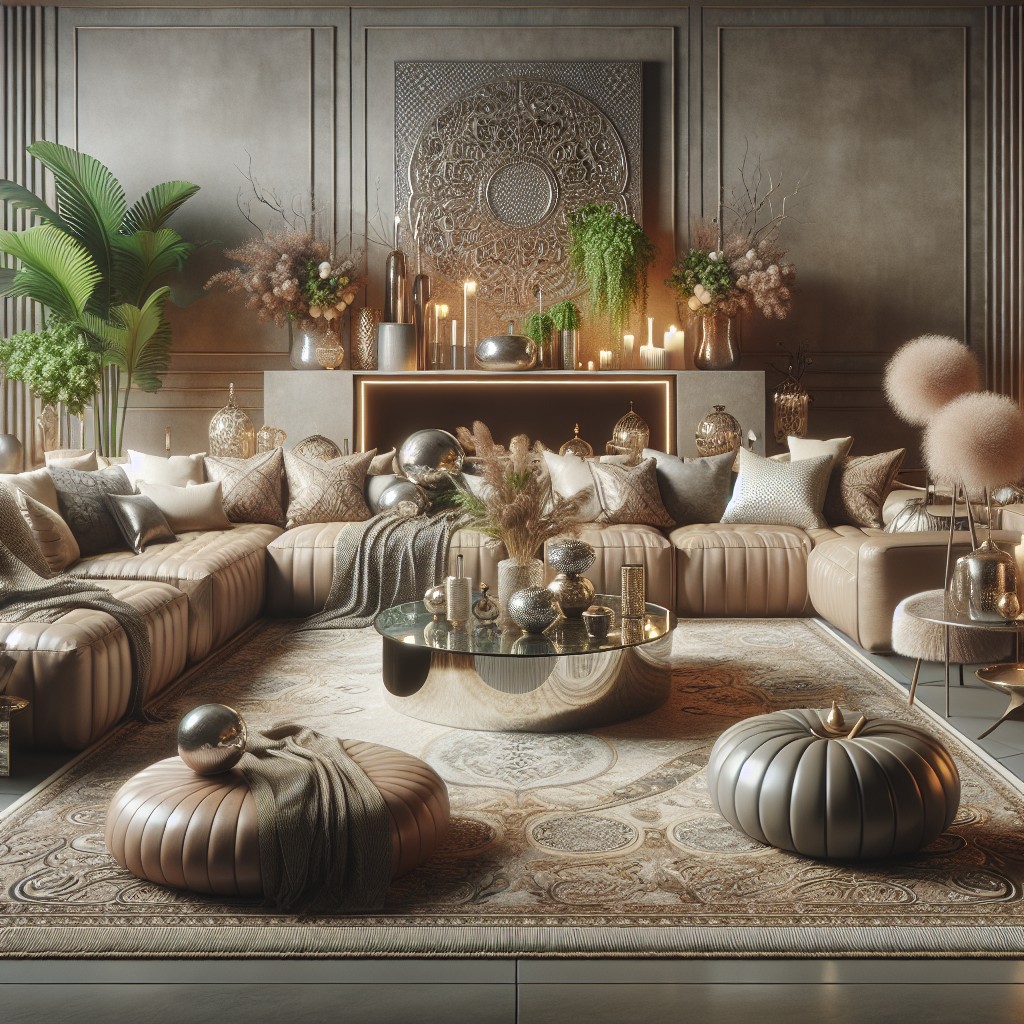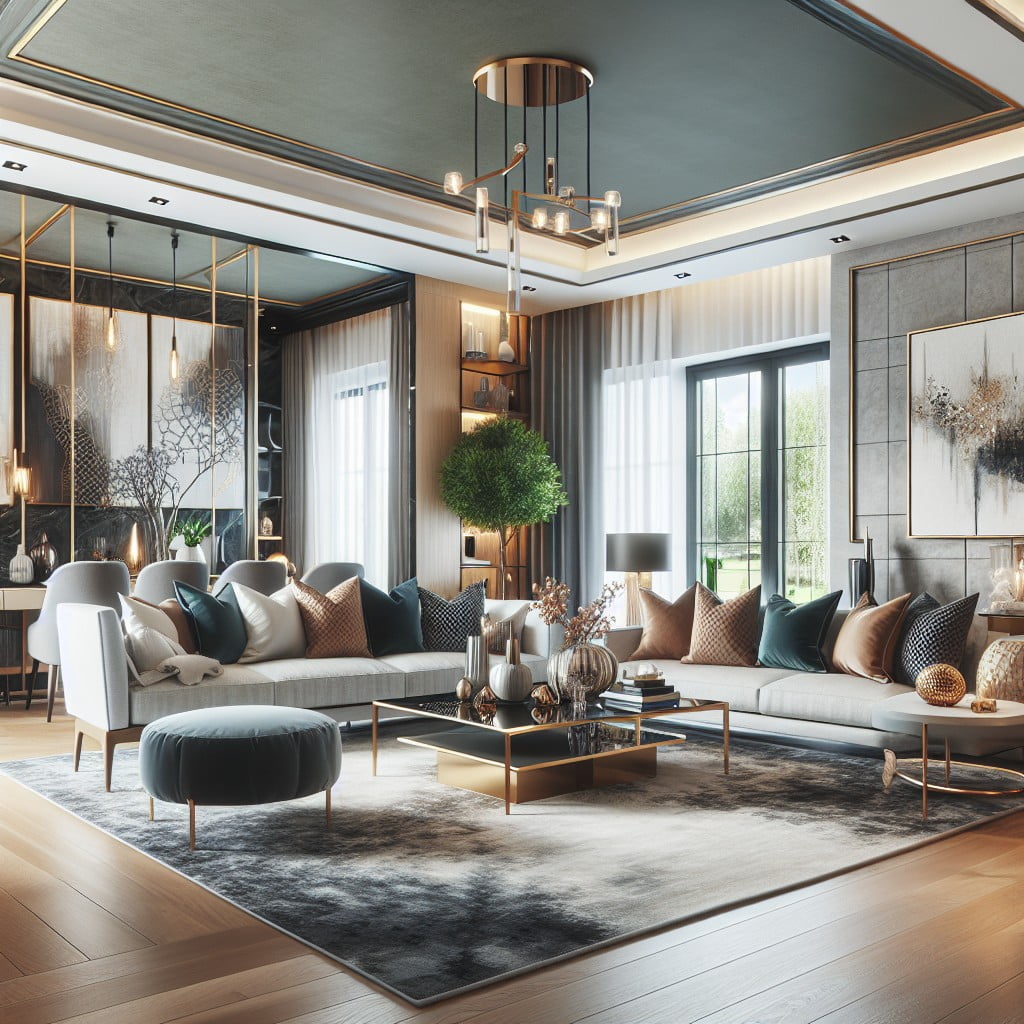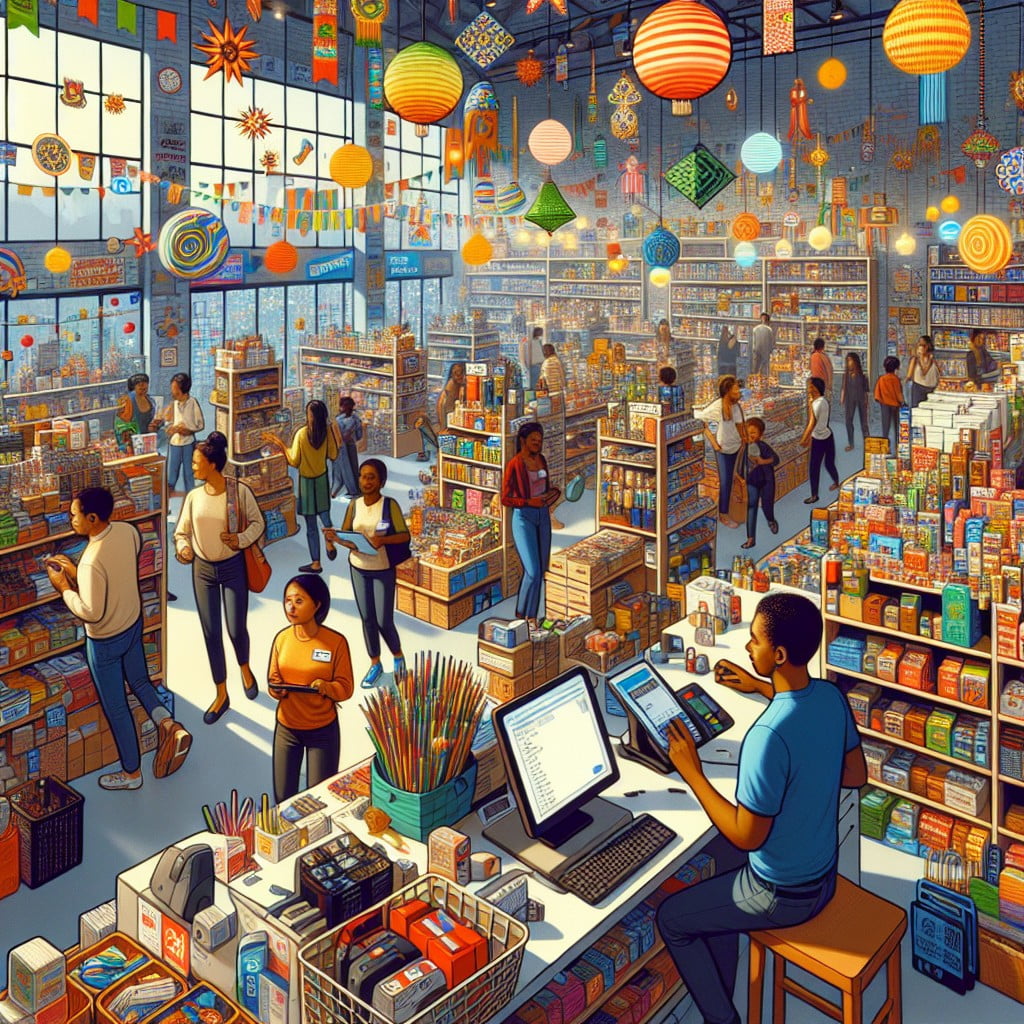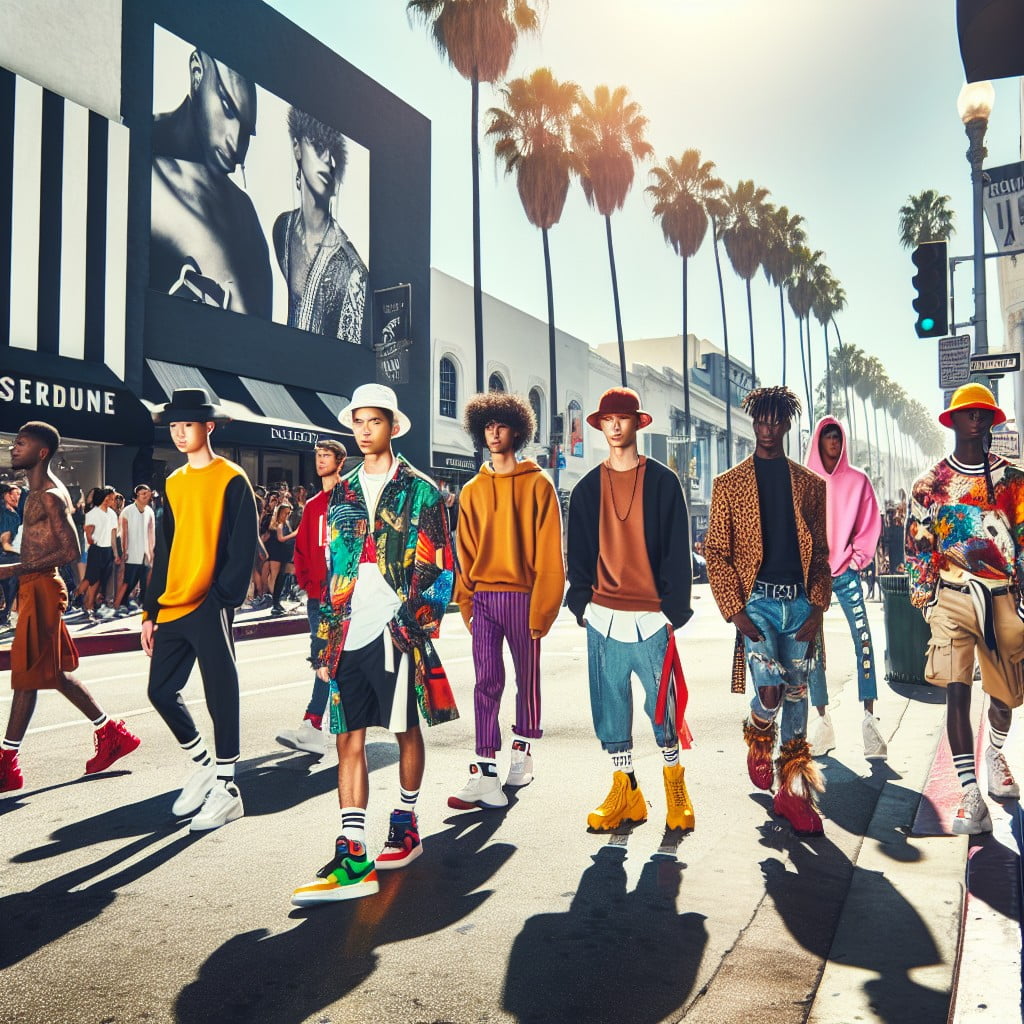Last updated on
Dive into this comprehensive analysis as we unravel the latest trends, key players, and growth potential in the global decorations market.
The global market for decorations is a dynamic and ever-evolving industry, with a value projected to reach $792.6 billion by 2025, growing at a CAGR of 3.9% from 2020 to 2025.
This growth is fueled by various factors such as increasing consumer interest in home decor, the influence of social media, and the rise of e-commerce.
Furthermore, the industry is witnessing a shift towards sustainable and eco-friendly products, driven by consumer awareness and regulatory policies.
This article delves into the intricacies of the decorations market, providing comprehensive statistics, trends, and insights that shape this thriving industry.
Home decor revenue amounts to US $39.11 bn in 2023
Forecasted figures demonstrate a robust growth in the home decor industry, expected to achieve a staggering $39.11 billion in revenue by 2023.
Upholstering this surge is the consumer’s growing interest in enhancing their living space aesthetics coupled with the surge in property enhancement activities.
This predicted revenue signifies an optimistic trend for the decor industry, emphasizing its role in the global economy.

The US has the most revenue globally in the home decoration market with over US$ 32bn this year
Leading the world in home decoration revenue, the United States has established a strong foothold in the industry. With a staggering revenue surpassing US$ 32 billion this year alone, it sets the tone for the health and potential growth of the decor market.
This robust performance signifies not only a thriving industry but also reflects consumers’ increasing interest and investment in home enhancements. While various factors contribute to these numbers, it’s impossible to overlook American homeowners’ keen eye for design and comfort when it comes to their living spaces.

In relation to total population figures, per-person revenue is $76.96 in the US
Shifting our attention to the individual level, it’s interesting to examine the per-person revenue in the home decorations sector. With a population of over 330 million in the United States, this comes to approximately $76.96 for each individual. This underlines the significance of this market across the country. The figure adds to our understanding of the market’s weight and can serve as a benchmark for comparing revenue rates across different nations or regions.
Only 37% of retailers believe that there will be an increase in sales and revenue this year
Despite the continuous growth of the home decor market, only a minority of retailers, around 37%, anticipate a rise in their sales and revenue within this year.
This indicates a prevailing sense of uncertainty among retailers, suggesting potential factors such as market volatility, shifts in consumer behavior, or increased competition that might be influencing their projections.
Analyzing these perceived barriers can provide valuable insight into strategic planning and interventions for uplifting the home decoration sector.

59% of retailers increased their prices for decorations in the previous year
In the past year, a vast majority of retailers implemented a noteworthy increase in their pricing structure, further affecting the consumer’s purchasing behavior for home decorations. The data suggests that nearly 6 out of 10 retailers, specifically 59%, raised their prices. This shift is indicative of the dynamic landscape of the decorations market and can be attributed to several key factors such as manufacturing costs, import duties, and operational costs.
This trend of rising prices has eventual repercussions on the overall market dynamics and consumer buying patterns, underscoring the need for buyers to adapt their spending habits or search for cost-effective solutions.
Another 44% of retailers boost their tag by up to 6% to 10%
Further amplifying the market’s competitive landscape, a significant proportion of retailers have incrementally elevated their price points. Almost half, or precisely 44%, have reported adjusting their pricing strategies upwards by a margin of 6% to 10%. This sharp increase has not only contributed to larger gross profits but also has reshaped consumer purchasing behaviors.
Digital shopping trends show consumers becoming more discerning, prompting an industry-wide need for offering superior quality, better designs, and enhanced consumer experiences to justify these amplified price tags.
71% of retailers belieber that inflation is the number one cause for decreasing revenue
A significant majority of retailers, equating to 71%, attribute dwindling revenues to inflation.
In periods of economic inflation, prices for goods and services rise.
This change impacts both producers of decoration items and customers.
Increased production costs often force retailers to drive up prices, which may result in less purchasing willingness among customers.
Moreover, households dealing with heightened costs of living might cut back on discretionary expenditures, including home decorations.
Consequently, retailers observe a decrease in revenue— a circumstance reiterated by this substantial percentage of retailers.
The market is expected to grow a CAGR of 3.6% by 2027
This substantial expected growth portrays a positive future for the decorations sector. From small scale artisans to large furniture conglomerates, participants in this industry could anticipate a steady increase in demand for their products.
A Compound Annual Growth Rate (CAGR) of 3.6% indicates expansion that is consistent, but not so rapid as to risk volatile market conditions.
By the year 2027, the decor and crafts market should, therefore, be larger and potentially more profitable than its current state, offering more opportunities for profits, innovation, and consumer choice.
The average cost to decor a home is around $16,000
Investing in a home’s aesthetics typically entails an expense of approximately $16,000. This figure encompasses the various elements needed to transform the ambiance of an interior, including furniture, rugs, lighting, wall decor, and textiles. Personal preferences, style complexity, and the size of the space significantly influence the final price. Luxury materials and designer services increase the value further. Major cosmetic changes, such as painting or installing wallpaper, can constitute a significant fraction of this sum.
Although a significant outlay, homeowners often consider this a worthwhile investment to increase property value and enhance personal comfort.
The typical interior designer costs anywhere from $2000 to $12000
Interior designer costs are often factored into renovation or decoration budgets, varying significantly across different projects. Pricing can range from as low as $2,000 for simple home updates and smaller spaces to as high as $12,000 for larger homes or more comprehensive projects. This is due to the variation in scope of work, designer experience, location, and other factors. The price can also be influenced by whether they charge a flat fee, an hourly rate, or charge per square foot. Thus, while considering interior designer services, it’s important to account for these varied cost factors.
References:
- https://www.statista.com/
- https://www.homeaccentstoday.com/
- https://www.homeadvisor.com
Recap:




